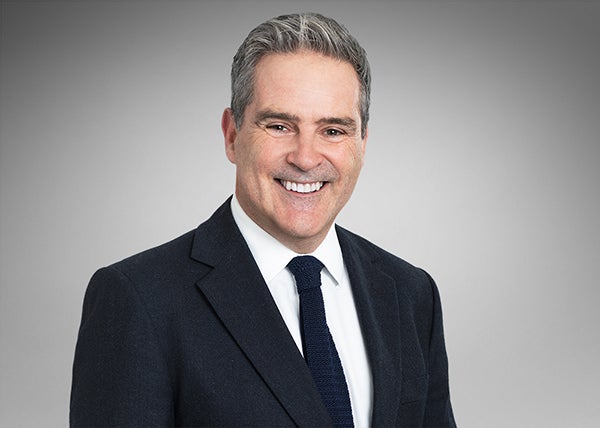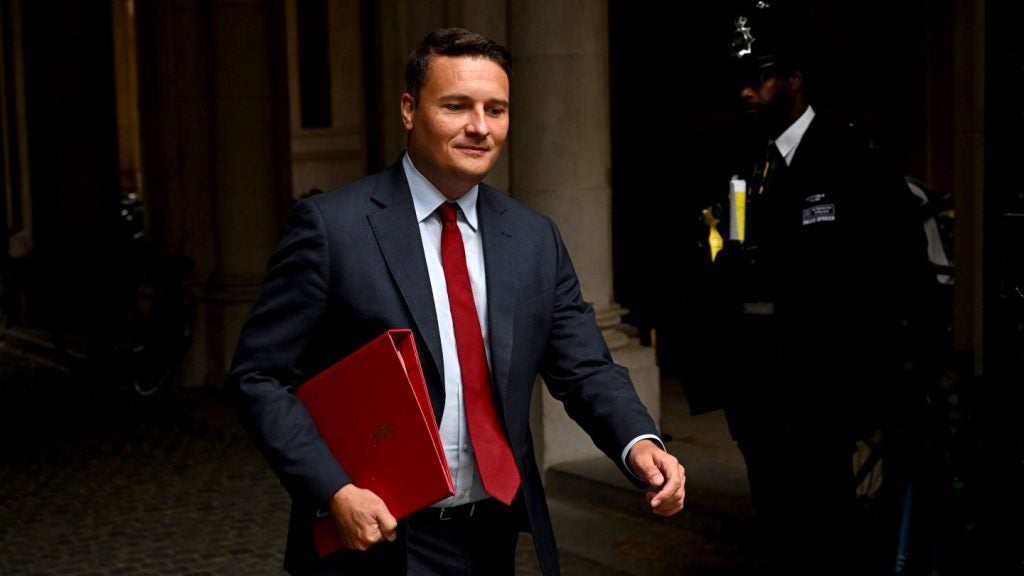Stalled negotiations around the UK's Voluntary Scheme for Branded Medicines Pricing, Access and Growth (VPAG) between the UK government and pharma sector could affect access to innovative medicines in the country if left unresolved, say experts.
On 22 August 2025, UK Secretary of State for Health and Social Care Wes Streeting walked out of negotiations with the Association of the British Pharmaceutical Industry (ABPI) after the two sides failed to agree on details of the VPAG scheme.
VPAG replaced the Voluntary Scheme for Branded Medicines Pricing and Access (VPAS) in 2024 as an agreement between the UK Department of Health and Social Care (DHSC) and ABPI. The five-year scheme stipulates the NHS may claw back a percentage of payments for drugs from developers to keep its spending within a set budget. This was considered an improvement since VPAG aimed to keep rates lower than the 26.5% rebates reached under VPAS.
Earlier this year, ABPI had called for reform after VPAG rates on new medicines, which were 15.1% in 2024, rose to 22.9% in 2025, referred to by ABPI chief executive Richard Torbett as “the VPAG crisis”. At the time, Streeting addressed an ABPI conference in April promising quick action on the issue, but both sides failed to reach a resolution in August as per the Financial Times.
Pharmaceutical Technology spoke with Grant Castle and Raj Gathani, partner and special council at the law firm Covington & Burling LLP, to discuss the ramifications for the UK’s pharma sector if no resolution on VPAG is reached between the key stakeholders, and how this latest development fits in with ongoing drug pricing policies on a global level.
Frankie Fattorini (FF): UK Health Secretary Wes Streeting walked out of negotiations with the ABPI last week as the two sides failed to agree on revisions to the VPAG scheme. With current clawback rates remaining in force, how do we expect the situation to unfold moving forward?
Grant Castle (GC): If you supply branded medicines in the UK and don’t voluntarily agree to participate in VPAG, then you will be in what they call the Statutory Scheme … The rebate rates under the Statutory Scheme look very similar to those under VPAG, and in fact, they’re probably just a little bit worse.
Raj Gathani (RG): Companies may switch between the schemes on an annual basis so you won’t see an immediate exodus from VPAG to the Statutory Scheme. Companies will be thinking about it now, but as Grant says, the DHSC is striving to make the schemes broadly commercially equivalent so switching may not have significant benefits for many companies. It seems as if the VPAG has concluded without any change, but there may still be an incentive to get a deal done, because the rebate rates for the pharmaceutical industry are very significant at the moment.
FF: You have previously stated that rebate rates were unlikely to drop to pre-Covid-19 levels until 2027-2028. Why have rates remained high?
RG: In December 2023, when current VPAG was agreed, a 15%–16% rate was projected for newer medicines until about 2026 or 2027, and only then was the projection going to drop down. What we've had instead is just a precipitous increase from 15% way up to ~23%,%, with little sign that the projected falls will happen.
This has happened because the DHSC’s ceiling for drug spend increases is being exceeded every year, and being exceeded by more than what was predicted. VPAG’s affordability mechanism compensates for that additional growth/spend, so that’s why rebates have gone up so much more than predicted. If you dig into that a bit more, some areas of the drug spend are very high; for example with hospital medicines, oncology treatments, novel diabetes treatments, where lots of new products have come to the market.
For innovative medicines, the rules permit manufacturers to set their own price for the first three years. Until those work their way through to being subject to rebates, and eventually become older medicines you’re going to have this bubble.

FF: A key change brought with VPAG was split between set rebate rates for older medicines and variable rates for new medicines. As rates for new medicines exceed 20%, are innovative medicines paying the price?
RG: The price being paid is in terms of predictability. For older medicines the manufacturer has a degree of certainty, because it’s predictable what rebate they will pay; 10% plus whatever top-up applies to that product. It is to an extent within a manufacturer’s control: if you drop the price of an older medicine price or if there is price erosion due to competition, you’ll pay a lower top-up rate.
For the newer medicines, the rebate payable is calculated according to the scheme’s rules. It is out of your control and is not predictable in advance. That variable rate acutely suffers from unexpected NHS overspend on medicines. It can make it a very challenging environment for innovators.
FF: ABPI has noted comparatively low rebate rates in other European countries, broadly kept in the single digits. How does the UK compare against these countries as a hub for pharma?

GC: The UK is somewhat different to a lot of the countries that are often cited as having lower rebate rates. That's because, at least on the face of it, the UK allows companies greater freedom of pricing. A lot of other European countries operate reference pricing schemes, so the price that you achieve in terms of reimbursement will be influenced by the reimbursement price in other jurisdictions. Others undergo formal price approval or negotiation processes, which is another reason why list prices may be lower in other European jurisdictions, and this could go some way towards explaining the lower level of rebates
A lot of people have been unhappy about the National Institute for Health and Care Excellence (NICE) maintaining its fairly strict cost effectiveness thresholds. Cost effectiveness thresholds that were established when I first started doing this in the early 2000s and they haven't been adjusted for inflation.
RG: Gilead Sciences recently announced they've decided not to submit the NICE application for their HER2-negative breast cancer treatment Trodelvy (Sacituzumab govitecan) because they think the commercial environment in the UK isn't favourable.
GC: If you go back 20 years, the UK was very much at the top of the pile. Over the years, you've seen it fall away, and people are talking about the UK as being a fairly low priority for launching individual medicines.
FF: As US President Trump seeks the Most Favored Nation (MFN) pricing policy in the US, pressure has mounted on developers to raise prices, such as with Eli Lilly increasing the cost of Mounjaro (tirzepatide) in the UK. With NHS spending positioned to increase further, is there any hope for resolution on VPAG?
GC: It’s a kind of interesting suggestion that somehow other countries will step up and allow the industry to charge more for their products outside the US. I think that’s pretty unrealistic because every western socialised democracy has budgetary challenges at the moment.
The other thing is that VPAG and the Statutory Scheme both include restrictions on price increases. Lilly's decision to increase the price of Mounjaro is limited to the private sector, and it's not going to affect NHS drug spend.
RG: As Grant has alluded to, domestic factors such as NICE thresholds and VPAG plus the international climate (such as MFN) are all applying pressure on the UK. What companies may face is simply a more fundamental decision; to launch or not. This idea that we can work through the system and modulate or compensate for things if something goes up or goes down, is becoming less feasible. I think what you'll find is companies having to take very early stage decisions; do we launch in the UK? Do we not launch at all? And in the case of products whose profitability has been severely affected in the UK, do we withdraw?
Update: The article has been significantly updated with additional context and clarification to maintain accuracy after publication.









